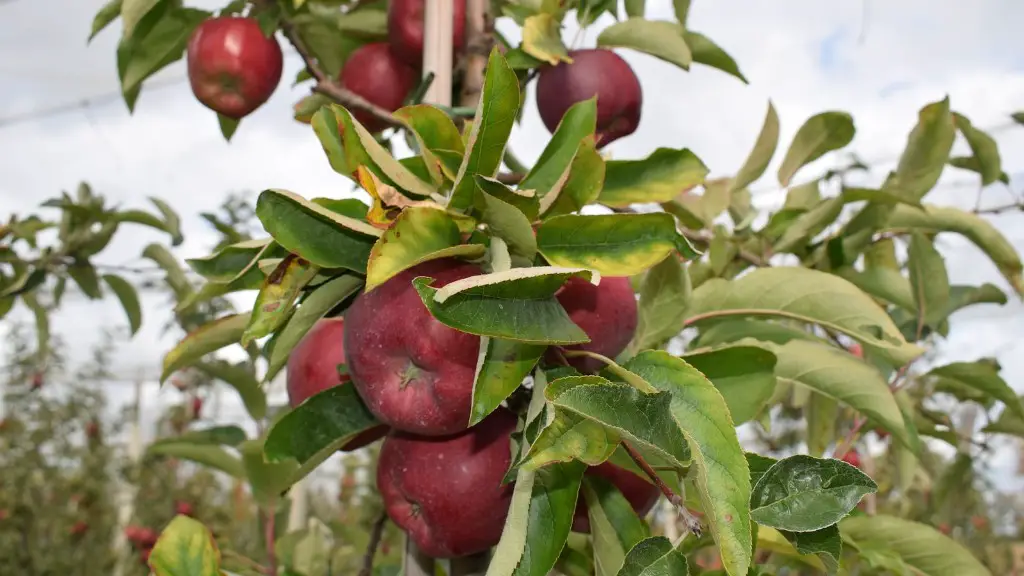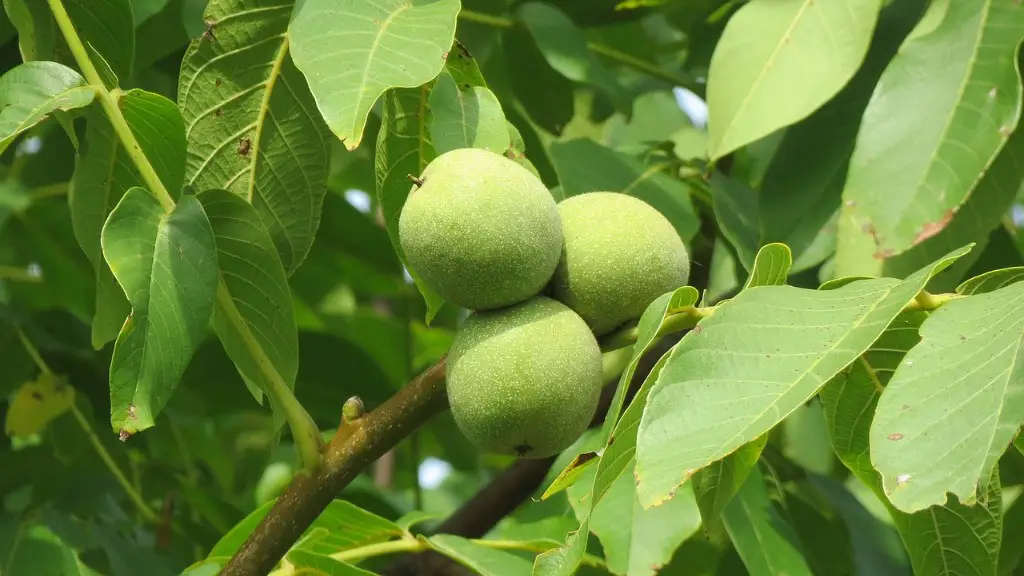What Is an Avocado Tree?
An avocado tree is a subtropical and tropical evergreen tree native to Mexico and Central America and is believed to have been cultivated as early as 500 BC. Nowadays, there are four main variants including Guatemalan, West Indian, Mexican and hybrid, each with its own horticultural requirements, such as water, fertilizers, and sunlight. The tree grows to an average height of 35 feet with glossy, dark green leaves. It blooms small, white flowers and fruits with a deep green skin and yellowish-green flesh. It’s known for its high fat content and popularity used in food and cosmetics.
How Much Sun Does an Avocado Tree Need?
The amount of sun an avocado tree needs depends on the variety and the climate in which it is growing. Generally, avocado trees require a minimum of six to eight hours of direct sunlight per day for optimal growth. For growth in warm climates, partial shade may be adequate, however, full sun is best whenever possible. In colder climates, more sunlight is needed in order for the tree to fully ripen its fruits.
Factors That Impact Sun Requirements
Aside from the variety and climate, there are several factors that can impact an avocado tree’s sun requirements. For example, the tree’s location (especially in relation to walls and other buildings) can affect the amount of sunlight the tree receives, as well as the quality of sunlight. Additionally, trees planted in wet soil or that are surrounded by thick vegetation may struggle to get the right balance of light. Windy areas should also be avoided, as winds can cause sunscald or sunburn to the tree.
How to Ensure Your Avocado Tree Gets Enough Sunlight
The best way to ensure an avocado tree gets enough sunlight is to choose the right location. To start, look at the surrounding buildings and trees to determine if there will be enough light for the tree. Check the soil to make sure it’s not too wet and avoid areas with heavy vegetation. Additionally, avocado trees planted in large pots or containers should be exposed to sunlight at least six hours per day. Finally, keep in mind the tree’s water needs: it doesn’t need to be watered in direct sunlight, as the heat could damage the tree.
Signs of Sun-Related Problems in Avocado Trees
Sun-related problems are often easy to recognize in avocado trees as they typically present themselves on the leaves. For example, yellowing or fading of the leaves can be a sign of too much sun exposure. Sunscald can also appear as light spots or patches on the leaves, caused by certain areas receiving more sunlight. Sunburn is recognized as dark spots or patches, which occur when the tree is not used to direct sunlight.
Conclusion
Avocado trees need adequate levels of sunlight in order to reach their full potential. They require a minimum of six to eight hours of direct sunlight every day and more in cold climates to fully ripen their fruits. Factors like the tree’s location and the surrounding buildings, trees and vegetation can all impact the amount and quality of sunlight the tree receives. It’s essential to provide avocado trees with the right amount of sunlight and the right environment in order to ensure successful growth and fruiting.
Grafting Avocado Trees
Grafting is a technique used to combine two genetically distinct trees into one plant or “scion,” making it possible to propagate desirable characteristics from one of the trees onto the other. This is advantageous for many growers, as it allows them to grow an avocado tree with desired traits and characteristics in a much shorter timeframe. Grafting is a precision craft that requires technical expertise to ensure that the graft is successful and the tree survives.
Pruning Avocado Trees
Pruning is an important practice for avocado tree growers, as it helps to encourage growth and shape the tree’s structure. It also helps to remove dead, broken or damaged limbs and encourages fruiting. Pruning should be performed in the late winter or early spring and should focus on removing unnecessary branches and shoots, as well as weak limbs that could break in strong winds. Pruning an avocado tree effectively requires an understanding of its growth patterns and the desired tree shape.
Fertilizing Avocado Trees
Fertilization is critical for avocado Trees, as it provides essential nutrients for healthy growth and fruiting. Applying appropriate organic or mineral-based fertilizers in moderate amounts is key, as too much fertilizer can damage the roots. Depending on the soil type and climate, the amount of fertilizer used and the frequency of application may vary. Additionally, fertilizer can be applied to a container-grown avocado tree following soil test results.
Pests and Diseases
Avocado trees can be vulnerable to pests and diseases, such as root rot and verticillium wilt. To limit the impact of pests and diseases, regular monitoring and an appropriate pest management plan should be employed. Common pests include scale insects, thrips, mealybugs, and nematodes, and cultural control methods, such as pruning and soil conditioning, are effective ways to reduce their presence. Additionally, some pests can be treated with approved insecticides and fungicides.

